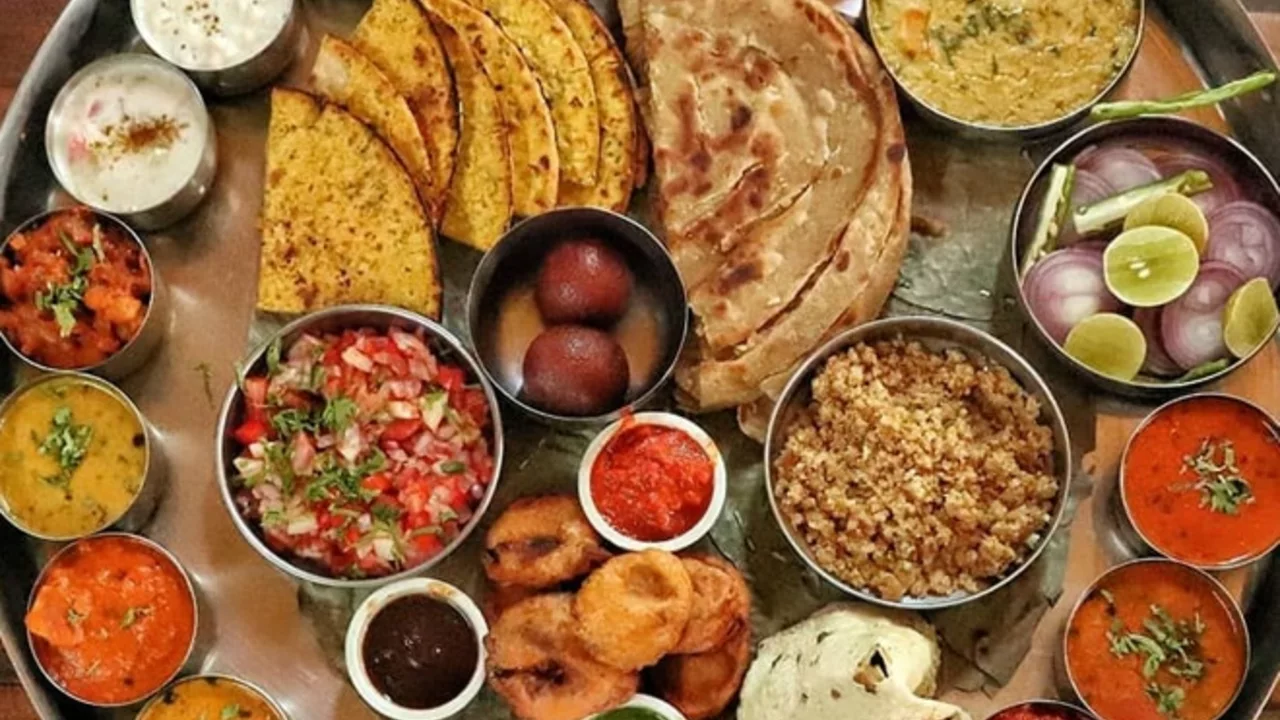Indian Cooking – Easy Recipes, Healthy Breakfasts & Food Secrets
Welcome to the Indian Cooking hub on Sky Times Chronicle. Here you’ll find short, practical guides that help you whip up tasty Indian dishes without spending hours in the kitchen. Whether you’re a student, a busy professional, or just curious about Indian flavors, the articles below give you step‑by‑step ideas you can try today.
Quick meals for busy lives
Got a tight schedule? Try the simple one‑pot dishes that need just a few ingredients. A classic Khichdi combines rice, lentils and a pinch of turmeric for a warm, filling bowl. It cooks in about 20 minutes and leaves you with a nutritious base you can flavor with leftover veggies. Paneer Bhurji is another fast option: crumble cottage cheese, toss in chopped onions, tomatoes, and a dash of garam masala, then stir until it’s just heated through. The result is a protein‑rich scramble that pairs well with toast or roti.
If you’re not a fan of dairy, an egg curry does the trick. Saute onion, ginger, garlic, add curry leaves, then pour in a quick tomato‑onion gravy. Drop boiled eggs in, let them soak up the spice, and you’ve got a hearty dish ready in under 15 minutes. Each of these recipes is designed for minimal prep, so you can focus on eating rather than cleaning.
Healthy South Indian breakfasts
South Indian breakfasts are naturally light and nutritious. Idli, the fluffy steamed rice cakes, are made from fermented batter of rice and black‑gram. Fermentation boosts digestion and gives you a low‑fat, high‑protein start to the day. Pair them with coconut chutney or sambar for added flavor and nutrients.
Dosa, the thin, crispy crepe, uses the same batter but spreads it thinly on a hot pan. You can fill it with spiced potatoes for the classic Masala Dosa, or keep it plain for a lighter bite. The fermentation process also introduces probiotics, which are good for gut health.
Pongal is a warm porridge of rice and moong dal cooked with cumin, pepper, and a hint of ghee. It’s comforting on a chilly morning and provides a balanced mix of carbs and protein. Adding roasted peanuts or cashews gives a satisfying crunch and extra nutrients.
All three dishes can be prepared in bulk and stored for a couple of days, making weekday mornings a breeze.
Beyond recipes, the tag page also dives into why Indian food tastes so delicious. The magic lies in the blend of spices—cumin, coriander, cardamom, and turmeric—each bringing its own aroma and health boost. Slow cooking techniques let these flavors meld together, creating depth that simple seasoning can’t match.
We also explore regional variations, from the tangy pickles of Gujarat to the coconut‑rich curries of Kerala. Understanding these differences helps you pick the right dish for any occasion, whether you want a quick snack or a festive feast.
So, scroll through the list, pick a recipe that fits your mood, and start cooking. Indian cooking doesn’t have to be intimidating; with a few basic steps you can bring bold flavors to your table any day of the week.
What are some Indian cooking hacks?
In my recent exploration of Indian cuisine, I've discovered some fascinating cooking hacks. For instance, using a pinch of sugar enhances the color of gravies and curries. Another great tip is to add a bit of ghee (clarified butter) at the end to give dishes an extra richness. Also, Indian cooks often roast spices before grinding to enhance their flavors. Lastly, adding a few drops of lemon juice while cooking lentils can speed up the cooking process.
View more